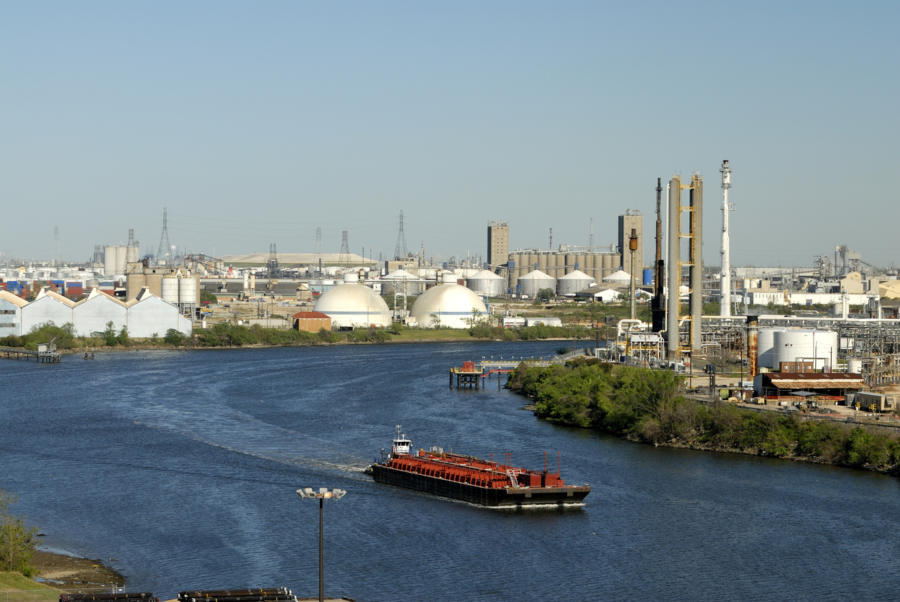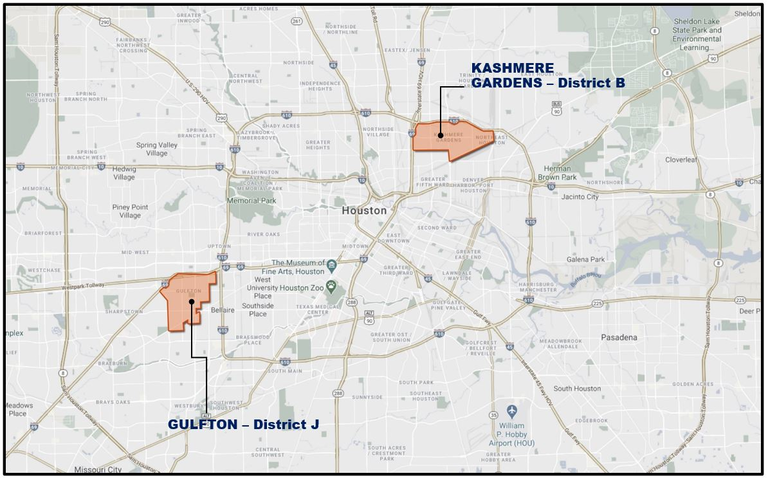
Municipal utility districts (MUDs) have been used by cities and counties throughout Texas for decades. These special districts assist towns and developers in funding utility projects and developing residential areas, but understanding the complexities of a MUD is critical to reaping the most benefits from it.
MUDs contribute to planned developments and affordable housing in diverse neighborhoods. MUDs service some of the state’s most prolific master-planned communities, including Balmoral and Harvest Green. While MUDs have been a success in Texas, little is known about what they are and how they work.
What exactly is a MUD?
A municipal utility district (MUD) is an alternate financing strategy that establishes an autonomous, restricted government with the authority to issue bonds and collect taxes for utility infrastructure. MUDs vary in size, but typically serve communities of a few hundred to a few thousand households. In Texas, there are over 900 MUDs, with many of them located outside the city borders in extraterritorial jurisdictions (ETJ) where municipal services are not offered.
A MUD is owned by the community it serves. Communities can emerge in places where municipal services are unavailable by establishing a utility district. Those who want to build in undeveloped regions can form a MUD in one of two ways: by petitioning the Texas Commission on Environmental Quality (TCEQ) or by-passing legislation. The TCEQ oversees supervising the district, whether it was established by a petition or law.
Who rules over MUDs?
The TCEQ is the governing agency in charge of MUD regulatory oversight. The TCEQ regulates what can be refunded to the developer by reviewing and approving Bond Application Reports submitted by a licensed engineer in the state of Texas. The TCEQ controls water and sanitary sewage systems, as well as the design guidelines for water and sanitary facilities. The TCEQ inspects all water and sanitary sewer plants owned and operated by MUDs on an annual basis for water quality compliance and sewer effluent discharge permitting.
How Does Financing Work in a MUD?
Property and ad valorem taxes, as well as water, sewer, and other utility earnings, are used by a MUD to pay down bonds, which can take 20 to 30 years. A developer will often cover the initial cost of constructing the roads, water, sanitary sewer, and drainage infrastructure required to finish a development.
The developer must next finish the upgrades to generate the property tax value required to pay off the bond debt. A MUD cannot normally issue bonds for infrastructure improvements until the development has generated enough taxable value to satisfy the debt created by the bonds. This developer reimbursement process will typically take place in stages as the development continues to generate taxable value sufficient to satisfy the existing debt.
As bonds are paid down, a MUD can allocate tax funds to other programs. Initially, utility districts were restricted in terms of the services they could perform and the funds they could raise. MUDs now have the jurisdiction to provide improved services such as solid waste disposal, parks and recreation, and enforcing deed restrictions.
Who is in charge of MUDS?
A MUD board consists of five members who are either property owners or residents of the MUD. A freshly formed MUD may have only one property owner, which is often a development business. As a result, Texas law provides for the appointment of five members to the board of directors during the early stages of the MUD.
As the development progresses, public interest in the MUD will rise, and residents will begin running for the board. As people begin to run for board positions, the board composition will shift from a developer-appointed board to a resident board. Property owners in the MUD can vote for board members to serve four-year terms.
However, terms are staggered so that two to three representatives are up for reelection every two years.
Though they are still subject to TCEQ oversight, board members are responsible for operating the district and adopting policies in the best interests of district residents. Each MUD will have numerous consultants in addition to the five board members. For example, an engineer, attorney, and financial adviser are in charge of the district’s daily operations, and an operator controls the operation and maintenance of the water and sanitary sewage infrastructure.







